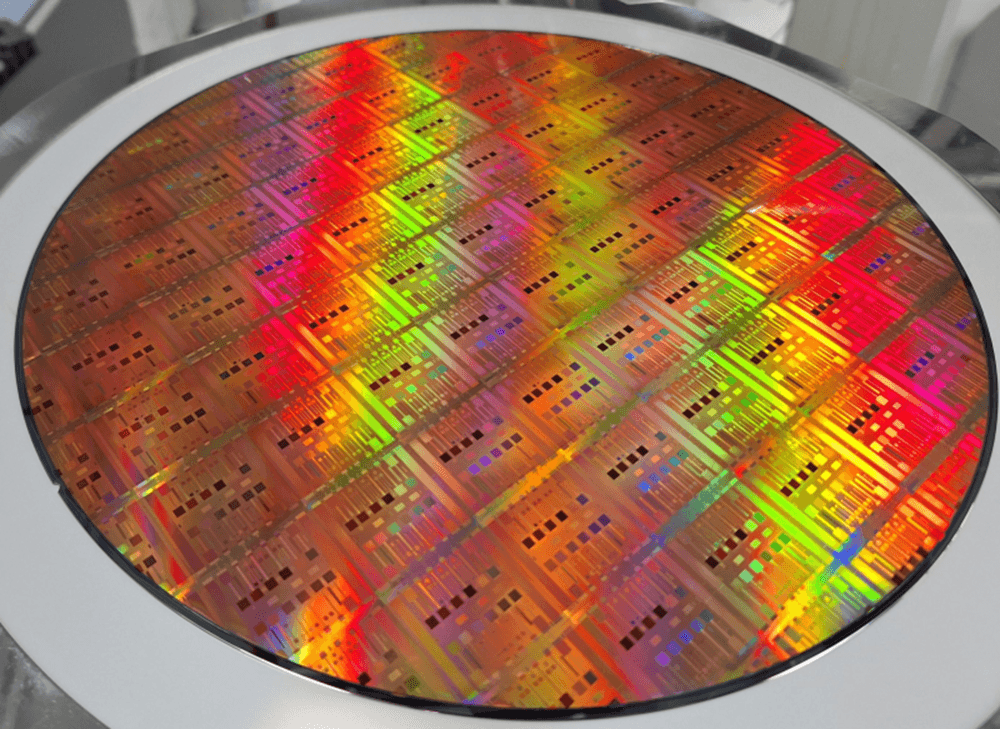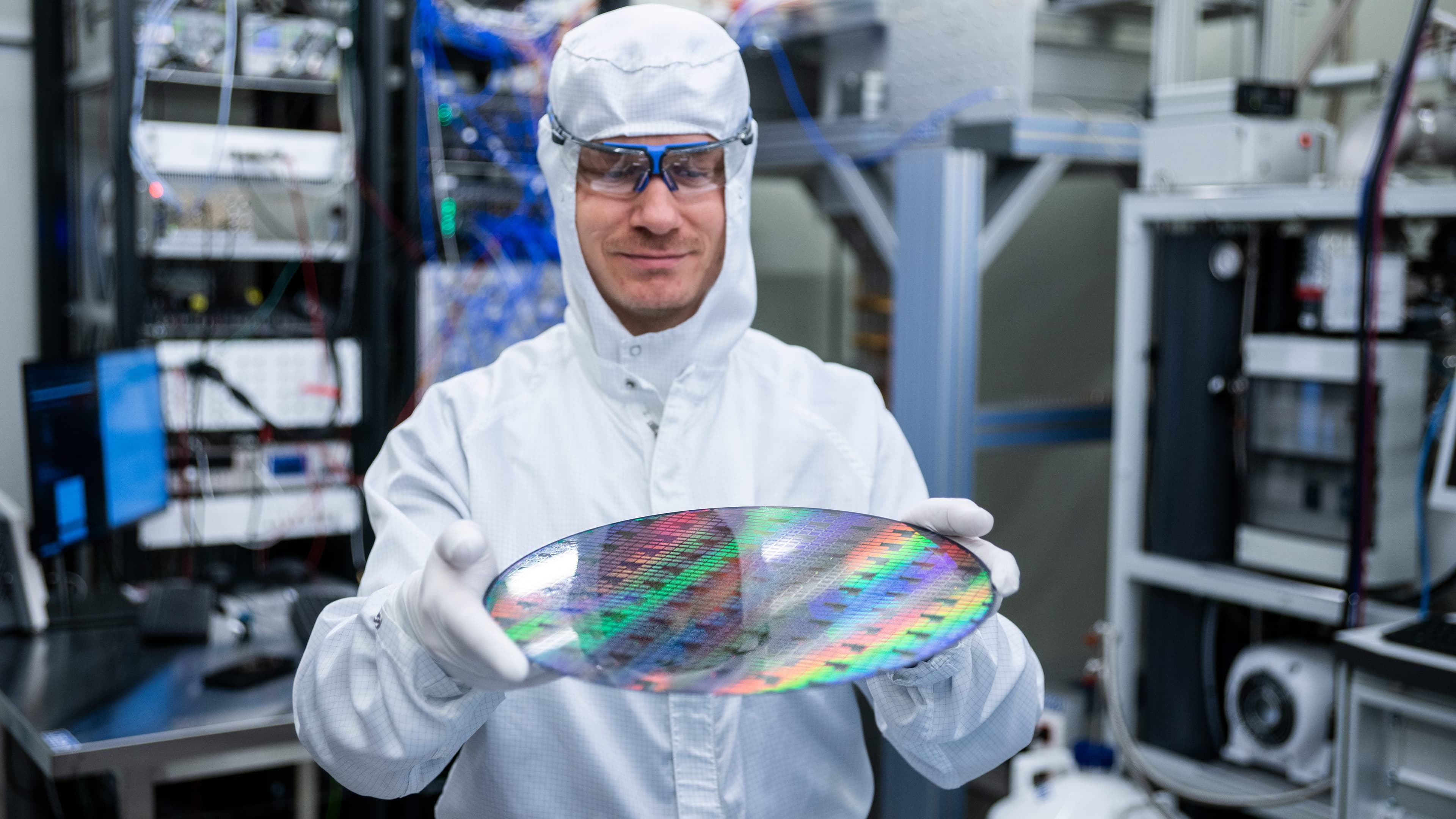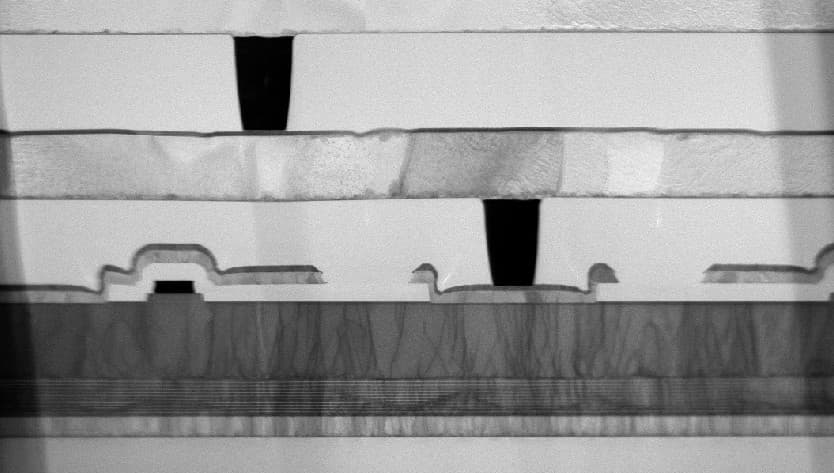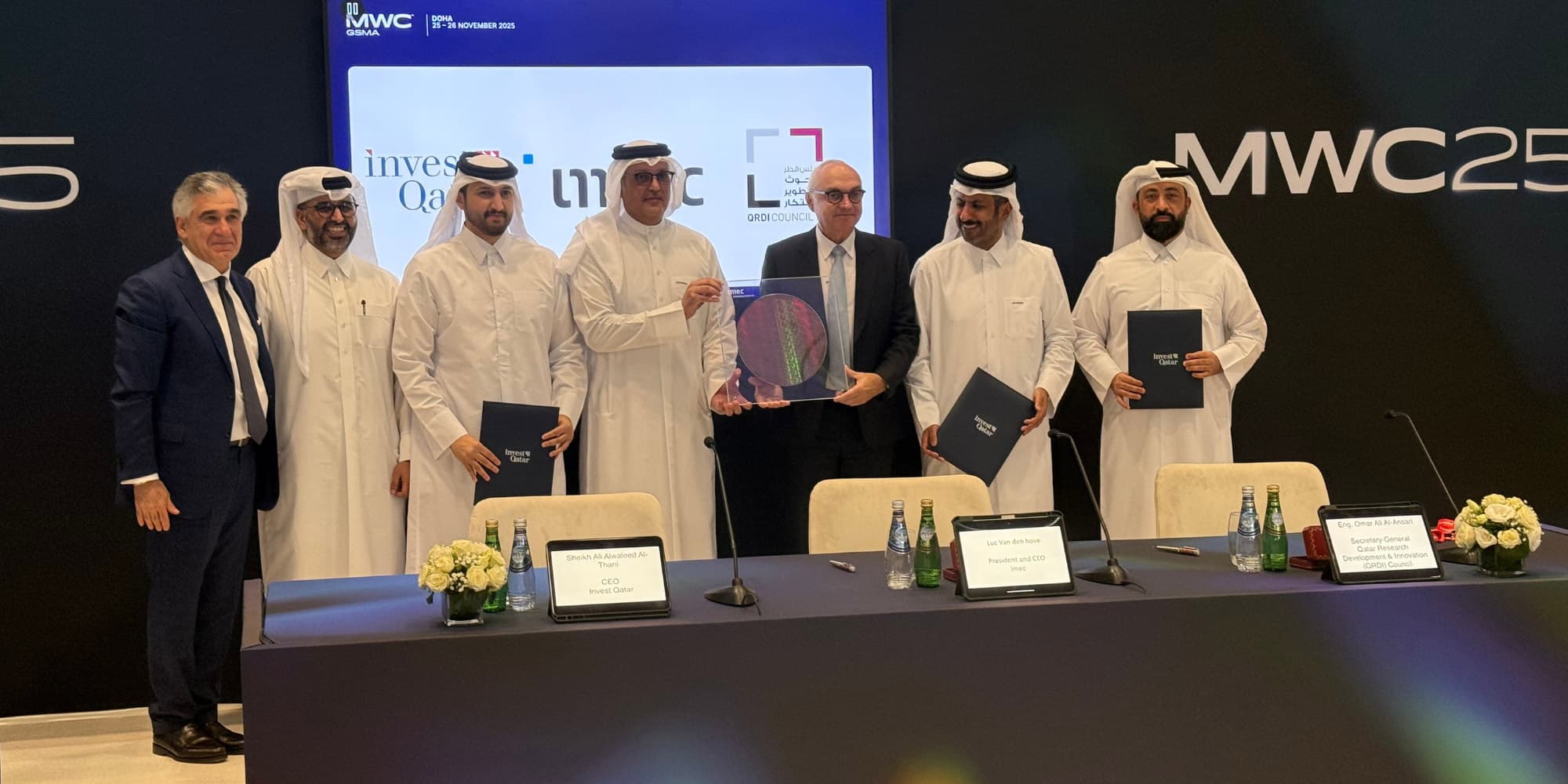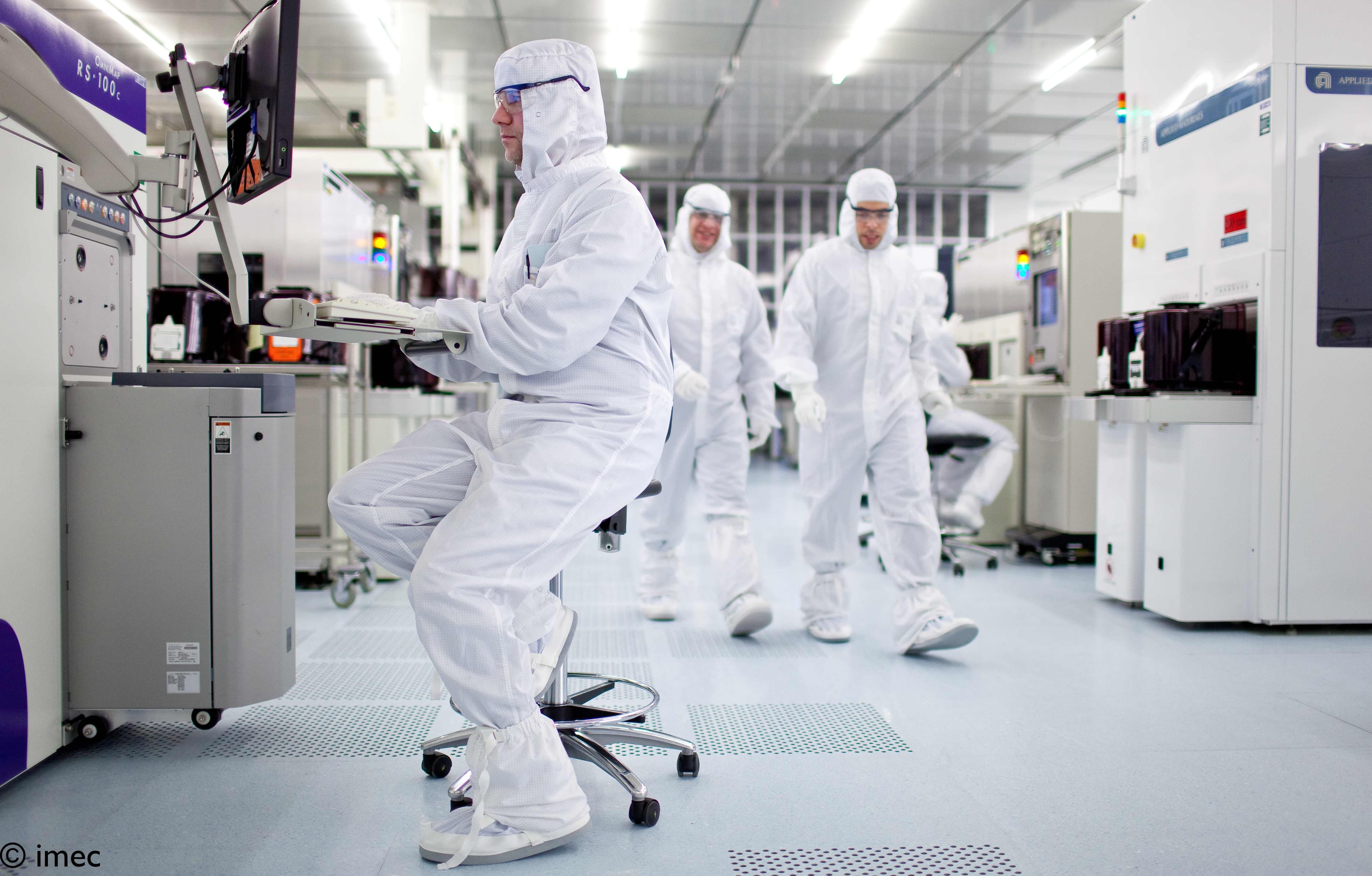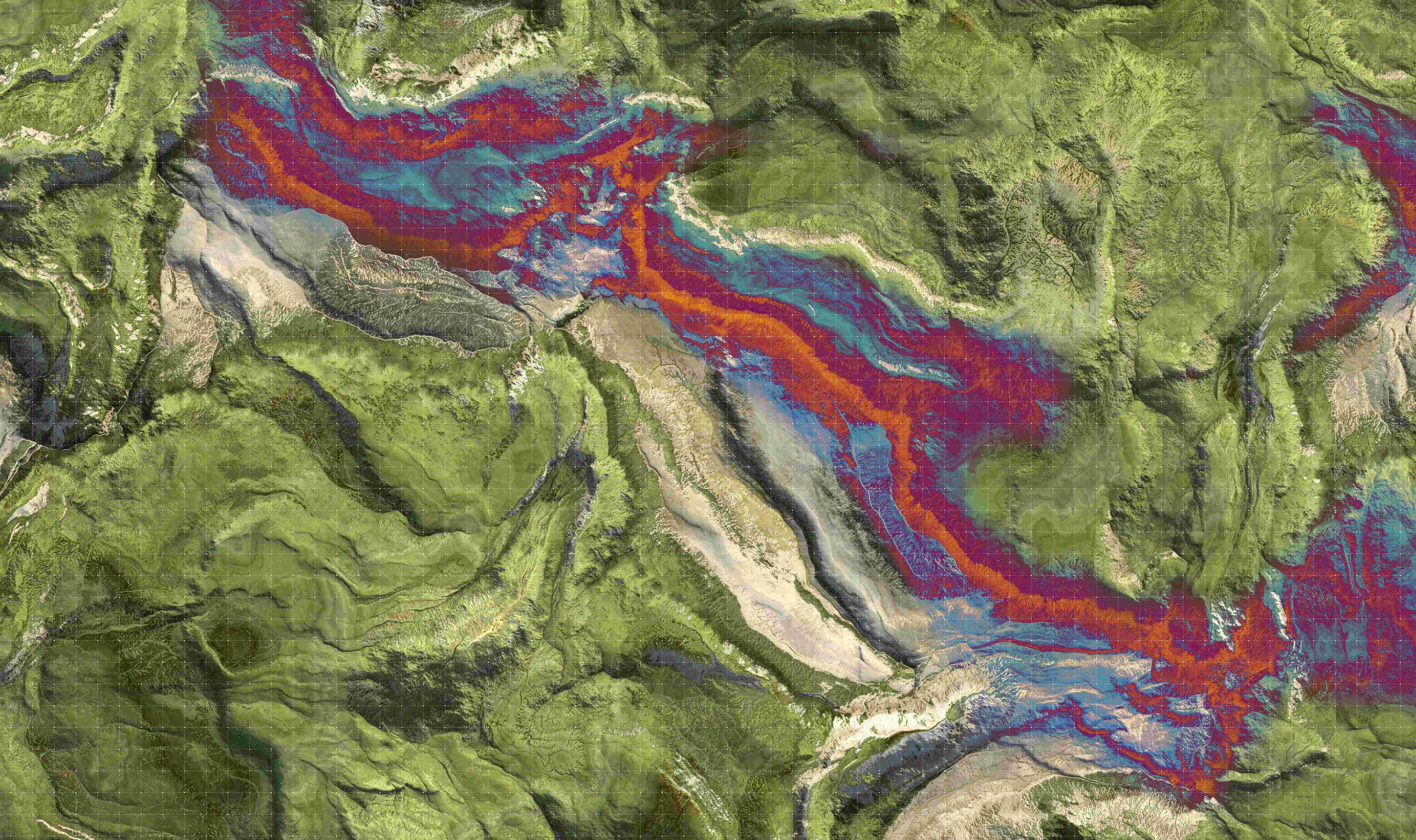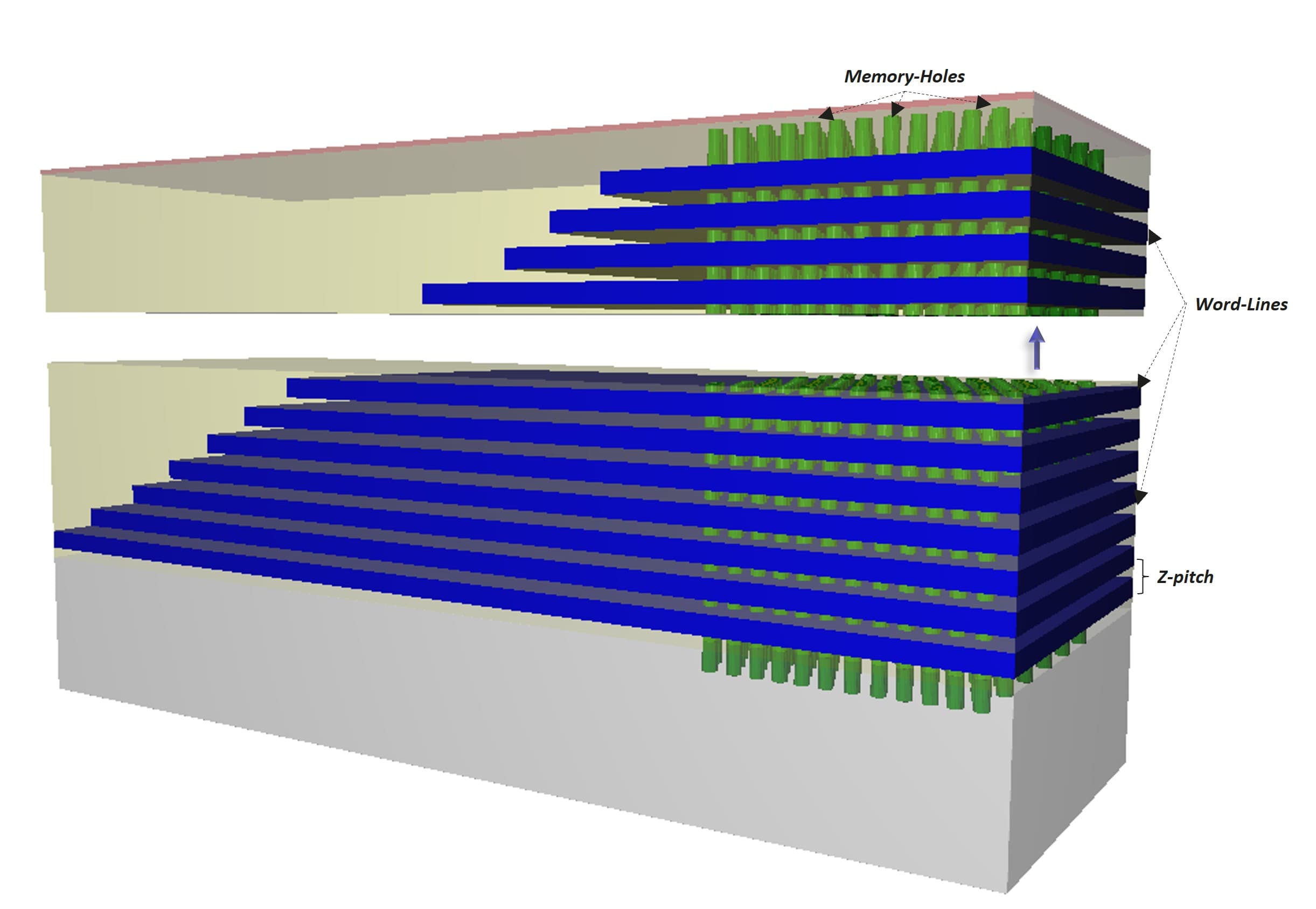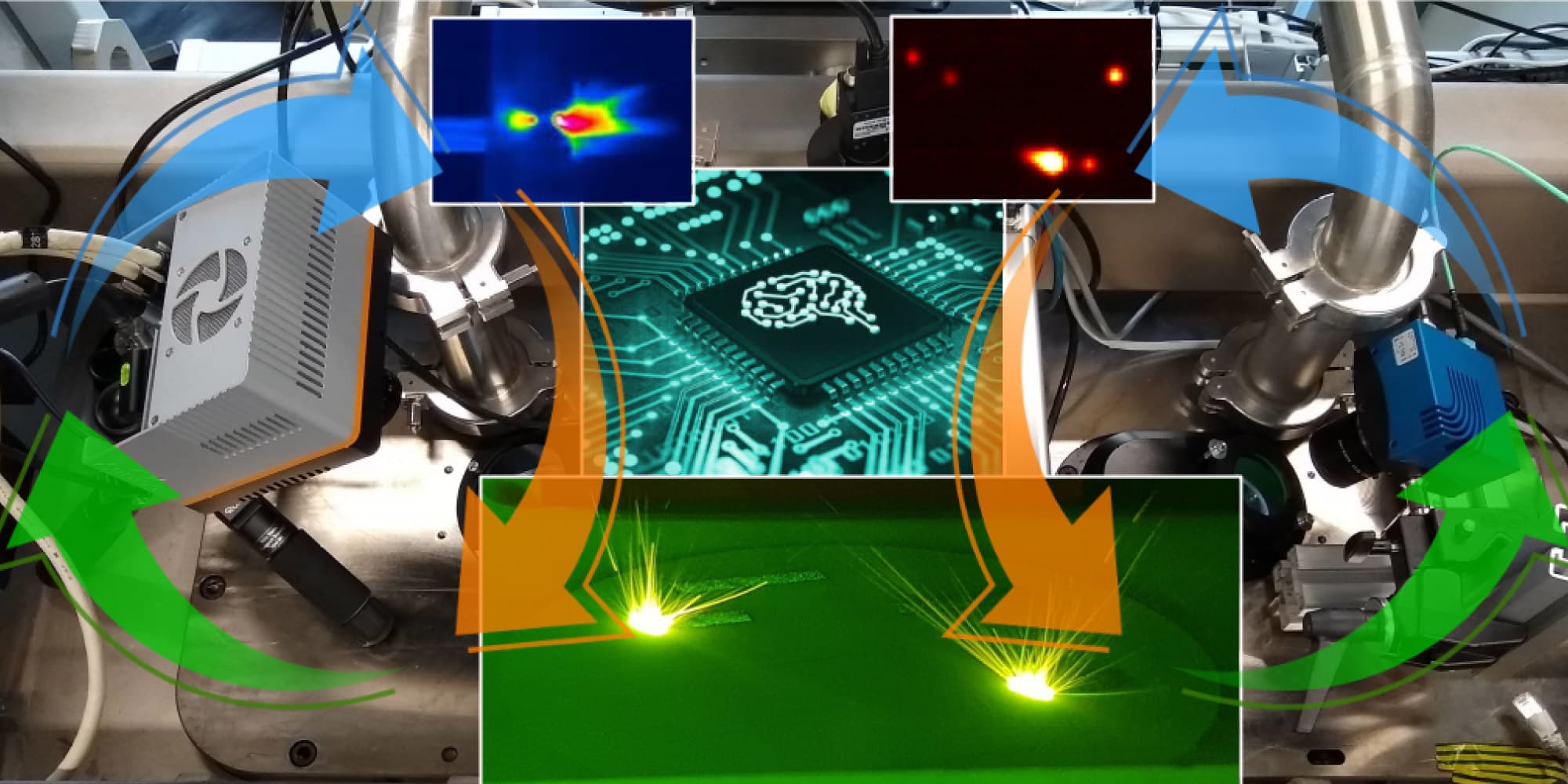
MultipLICITY
Multiple Lasers and Integrated Cameras for Increasing Trustworthy Yields
3D printing is used to create a variety of products, from car parts to medical implants and custom-made tools. Unfortunately, a sizable percentage of these components still show defects, caused by insufficiently sophisticated quality monitoring of the printing process. The MultipLICITY project aims to address this challenge and improve the quality of 3D printed products, reduce waste, and save energy.
A revolution in design and manufacturing
Additive manufacturing (AM) – or 3D printing as it is more commonly known – is driving a revolution in the design and manufacturing of components in sectors such as aerospace, energy, automotive, medical, tooling and consumer goods.
In these fields, about 30% of parts are made by fusing metal or plastic through a high-power laser, thus 3D printing the parts layer-by-layer. This allows for the creation of complex and lightweight parts faster and with less material than with traditional manufacturing.
Unfortunately, despite its maturity, the process is still limited in productivity and efficiency; around 10% of the printed components turn out to have defects.
Taking a look at quality monitoring
An important issue is that the sensors and cameras used to monitor the quality of 3D printing are often not fast enough to identify defects in real time. And even when they are, only a subset of defects are detected. A solution would require using concurrent information from multiple types of sensors.
In addition, newer beam-based printers use multiple lasers to fuse material in a coordinated way. This potentially introduces new defects. It also makes inline monitoring even more complex, as the monitoring now needs to combine information from multiple actions and sources.
The partners in the MultipLICITY project aim to develop a number of breakthroughs as solutions for these challenges, improving the quality, productivity and efficiency of beam-based 3D printing.
Research goals and outcomes
Compared to current, high-end technology, MultipLICITY plans to develop a number of innovations, including:
- Generic infrared and visual cameras, with the ability to read out multiple regions of interest at 20.000 frames per second.
- A generic high-speed sensor fusion platform to jointly process, in real-time, the images from multiple cameras.
- An innovative hybrid AI system that will leverage big data and expert knowledge in real time to detect print defects.
- Multi-rate and multi-laser control algorithms to transform the hybrid AI’s estimates into corrective and preventive actions.
The research outcomes will be integrated into a demonstrator: a multi-sensor, multi-laser system with real-time monitoring and control.
”With this project, we want to tackle some the quality and efficiency challenges in 3D printing. As a result, we foresee less deficient and scrapped components, and thus also a reduction in waste and energy use.”
Video
MultipLICITY
Multiple Lasers and Integrated Cameras for Increasing Trustworthy Yields in Additive Manufacturing
MultipLICITY is an imec.icon research project funded by imec and Agentschap Innoveren & Ondernemen.
It started on 01.09.2022 and is set to run until 31.08.2024
Project information
Industry
- AdditiveLab
- Materialise
- Xenics
- Dekimo
- Rejig
Research
- imec - IPI – Ugent
- imec - Vision Lab - UA
- Flanders Make - MaPS - KU Leuven
Contact
- Project lead: Sven Cornelissen
- Research lead: Brian Booth
- Proposal Manager: Brian Booth
- Innovation manager: Deben Lamon


